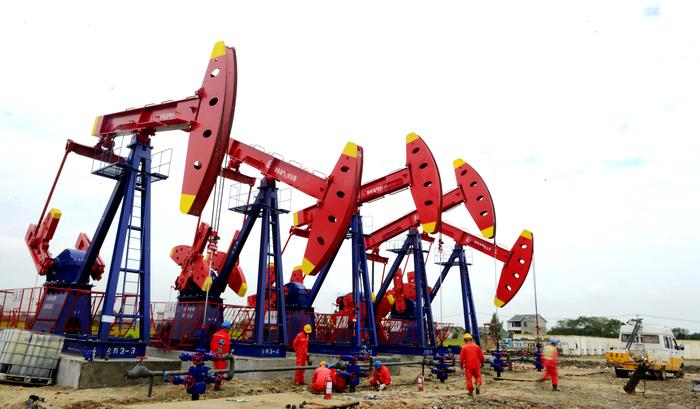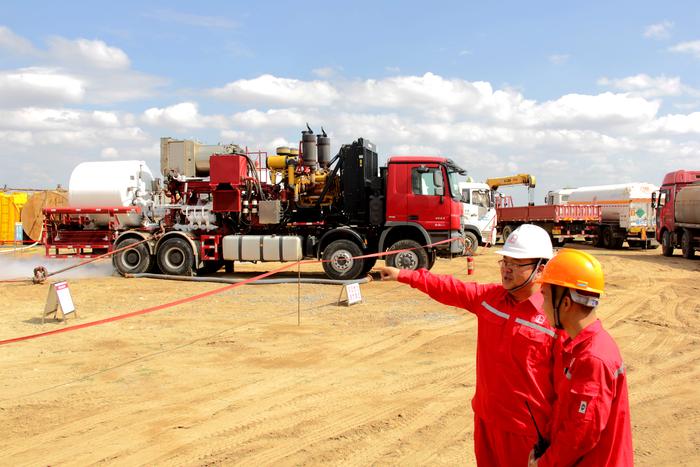|
| 2019-10-15 来源: 中国石化新闻网 |
| 石化新闻 |
|
中国石化新闻网讯 据世界能源网10月14日消息称,根据WindEurope最新的《2023年风能展望》,未来5年,英国将占到海上风能增长的35%,其次是荷兰和德国。 在未来5年内,22吉瓦的风能总量将达到其正常使用寿命(20年)的终点。其其中大部分将获得终生延长。大约2吉瓦将重新供电。 另有2吉瓦将完全停运。报告称,政府的政策和法规仍然不像它应该的那样支持重新供电。 报告说:“如果各国政府最终制定出清晰而雄心勃勃的国家能源与气候计划(NECPs),并改善风力发电场的许可安排,并继续投资于新的电网容量,那么到2023年,欧洲的风能容量将增长88吉瓦,达到277吉瓦。但这是一个很大的假设。” 另外,如果NECPs没有雄心壮志,而且许可问题持续存在,那么欧洲安装的新风力发电将少得多:只有67吉瓦。许可问题已经导致拍卖额不足(尤其是在德国),安装率低于预期。 相反,如果许可显著改善,而且NECPs超级雄心勃勃,那么欧洲可以在未来5年安装112吉瓦。 因此,到2023年,年新增风电装机容量可能在13至22吉瓦之间。这种不确定性严重影响了供应链,并可能影响近年来实现的显著成本削减。 在所有的情况下,超过四分之三的新装置将是陆上风能西班牙、瑞典和挪威目前引领着陆上风能的发展。德国今年的安装量比以往少得多,而且在这段时期的剩余时间里,其前景依然不确定,尤其是考虑到最近的政策决定。我们预计法国的陆上风力将持续稳定增长。 WindEurope的首席执行官Giles Dickson说:“考虑到人们对气候变化的兴趣,再加上风能是新能源生产中最便宜的能源,风能应该会迅速发展。但是,在未来五年中它将发展到何种程度确实存在不确定性在许多国家,获得新建风力发电场的许可变得越来越困难电网和能源市场仍未发挥应有的作用。许多政府还没有决定他们需要多少新风能,何时以及如何建造。。《2030年国家能源与气候计划》将对所有这些领域的清晰和改善起到关键作用。如果他们没有雄心壮志,我们就无法实现32%的可再生能源目标,更不用说更高的目标了。” 曹海斌 摘译自 世界能源网 原文如下: UK to Account for 35% Offshore Wind in Europe The UK will account for 35% of the growth in offshore wind over the next five years, followed by the Netherlands and Germany, said , according to WindEurope’s new ‘Wind Energy Outlook to 2023’. In the next five years 22 GW of wind energy capacity will reach the end of its normal operational life (20 years). Most of this will get a lifetime extension. Around 2 GW will be repowered. And another 2 GW will be fully decommissioned. Government policy and regulation is still not as supportive of repowering as it should be, it said. "If Governments end up producing clear and ambitious National Energy & Climate Plans (NECPs) and they improve the permitting arrangements for wind farms and they keep investing in new grid capacity, then Europe’s wind energy capacity would grow by 88 GW to 277 GW by 2023. But that’s a big if," said the report. Alternatively, if the NECPs are unambitious and permitting issues persist, then Europe will install much less new wind power: only 67 GW. Permitting issues are already leading to undersubscribed auctions (notably in Germany) and lower installation rates than expected. Conversely, if permitting improves significantly and the NECPs are super ambitious, then Europe could install 112 GW over the next 5 years. So the annual volumes of new wind capacity up to 2023 could be anything between 13 and 22 GW. This uncertainty weighs heavily on the supply chain and could impact the significant cost reductions achieved in recent years. Under all the scenarios over three-quarters of the new installations will be onshore wind. Spain, Sweden and Norway are currently leading the growth in onshore wind. Germany is installing much less this year than it traditionally has, and its outlook remains uncertain for the rest of the period, not least given recent policy decisions. We expect France to show continued steady growth in onshore wind. WindEurope CEO Giles Dickson said: “Wind energy should be growing rapidly when you consider all the interest in climate change plus the fact the wind is the cheapest from of new power energy production. But there is real uncertainty about how far it’s going to expand in the next five years. It’s getting harder to secure permits for new wind farms in many countries. The grids and energy markets are still not functioning as they should. And many Governments simply haven’t decided yet how much new wind they want and when and how they’re going to build it. The 2030 National Energy & Climate Plans will be crucial in bringing clarity and improvements in all these areas. If they’re not ambitious we won’t meet the 32% renewables target let alone any higher targets." |








